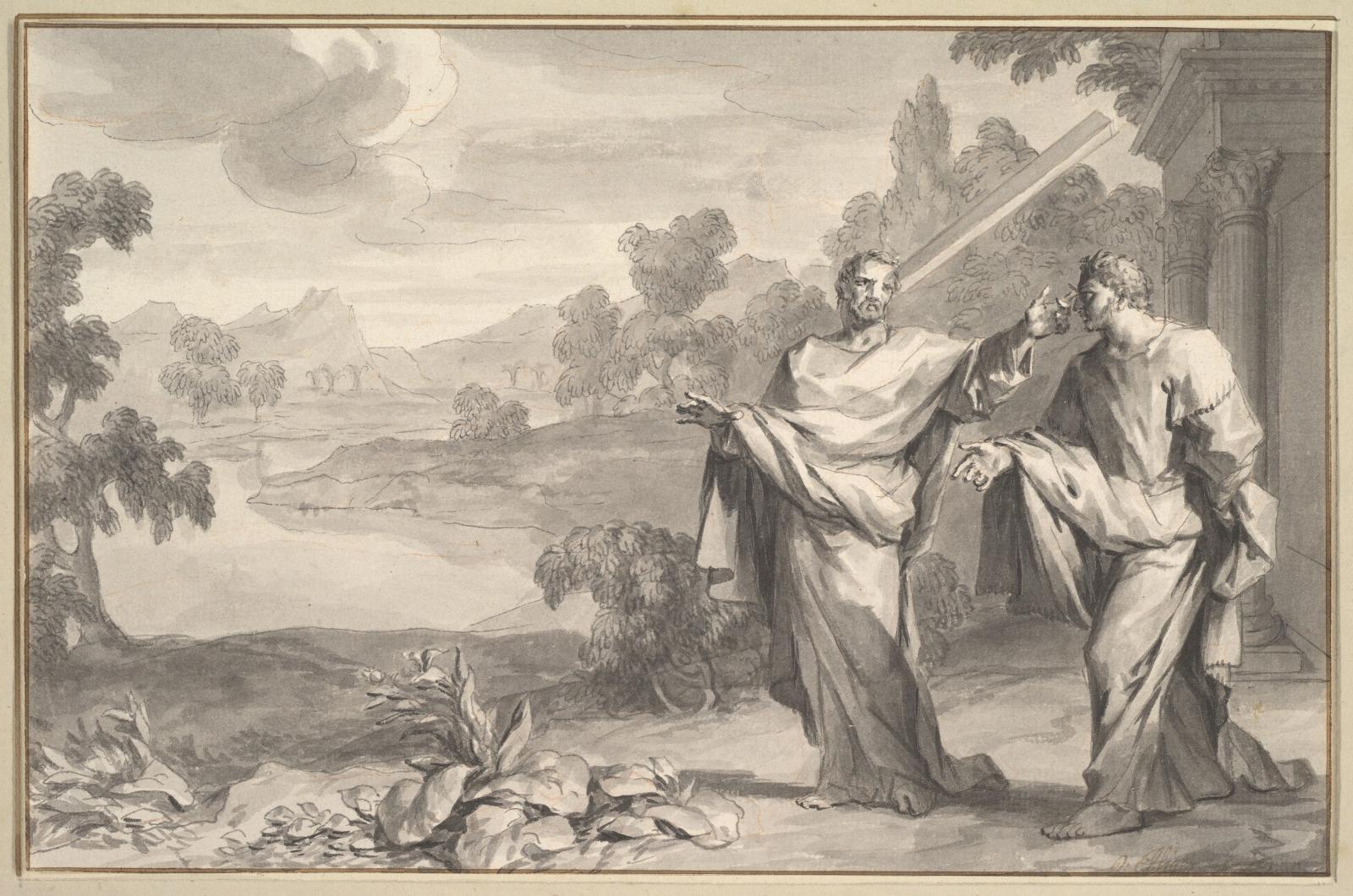As every year, the winter season is synonymous of influenza viruses causing health problems and significant economic losses for public and private companies. One small, but not negligible, percentage will incur in complications and, potentially, there will also be an increase in mortality for new-borns and elderly patients, caused by the same virus. The vaccine against the seasonal influenza virus strain protects with an effectiveness estimated between 75 and 80 percent – therefore quite good – but not complete. Besides, the vaccination must be repeated yearly as influenza viruses change continuously and the composition of vaccines against seasonal viruses must be updated with the same frequency. Then there is the periodic occurrence of pandemic influenza, such as the famous “Spanish flu” in 1918 that killed more people than the First World War. Pandemics occur when the changes in the viral genome (composed by eight independent RNA segments) are such that the virus is completely unknown from an immunity point of view to the world population. It is therefore essential to identify strategies that allow to design a vaccine able to prevent the infections by several different – and hopefully all – influenza viruses that are circulating.
For this reason, the Cariplo Foundation, by means of its research programme on vaccinations, has allocated a significant grant to the University Vita-Salute San Raffaele, Milan, for a collaborative study with the Institute for Research in Biomedicine (IRB) of Bellinzona, the University of Milan and the Istituto Zooprofilattico delle Venezie of Padua (a public veterinary institute). It is also through the Cariplo Foundation’s support that it has been possible to turn a dime in the vaccination strategies against influenza viruses, as proved by the recent publication of the study on Nature, one to the most important scientific journal worldwide.
The discovery consists in the identification of antibodies produced by our immune system that are capable of broadly neutralising flu viruses. These antibodies bind to a conserved site in the stem and not to the globular head of the viral haemagglutinin. Antibodies are the primary defence mechanism against any kind of infection. The synthesis of an antibody is the result of the initial assembling of several DNA segments present in our genome, followed by a complex maturation process based on the introduction of mutations and successive selection of the best antibodies variations with the highest affinity. The latter contain up to 20-40 mutations that are considered necessary for optimising the process of pathogen recognition and elimination. The unexpected discovery was that one single somatic mutation is sufficient for developing an antibody able to bind with high affinity and, consequently, neutralising the influenza virus with great efficacy, whilst the numerous further mutations successively introduced resulted essentially redundant.
From the published study emerged that the synthesis of these “rapid” antibodies (in subjects less than 40 years old) requires a particular genomic distribution, i.e. a DNA segment (VH1-69), which is present within the population in two different variations of which only one represented by the majority of people, is able to produce broadly neutralising influenza viruses. The study has been conducted within a cohort of about 350 employees of the San Raffaele Hospital, Milan, vaccinated against the seasonal influenza virus in autumn 2006 and 2009. The volunteers were taken a blood sample before and after the vaccination. These samples were tested for the presence of anti-influenza antibodies and for the polymorphism of gene VH1-69, able to produce broadly neutralising antibodies. The minority of individuals who did not have the “right” variant VH1-69 did not result, in fact, able to generate these antibodies. However, it is important to specify that also subjects over 40 years old missing the “right” variant VH1-69 are able to develop these kind of antibodies using other DNA segments with similar properties (probably because they have been more exposed to infections or vaccination than younger people).
In conclusion, this work represents a significant step forward for the goal of a “universal” vaccination against influenza, both seasonal and, above all, pandemic.



